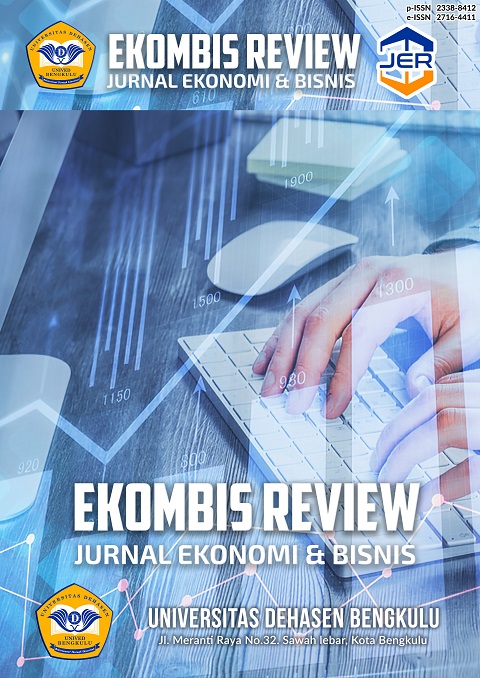Determining the Best Work Behaviour of the Laboratory Head Using The Technique For Order Of Preference By Similarity To The Ideal Solution
Abstract
Vocational education is in high demand because it prepares students to be job-ready. In learning, it is more about work practices, internships, and in the laboratory than theory in class. Therefore, the existence of laboratories is essential in vocational schools. The research was conducted at the maritime school of SMK Putera Samodra, Yogyakarta, Indonesia, using the quantitative approach of the TOPSIS method to determine the best work behaviour performance from the head of the laboratory. Work behaviour assessment criteria include service orientation, integrity, commitment, discipline, and cooperation. According to the assessment results by the principal and 31 colleagues, the best work behaviour is that of the head of the merchant ship engineering laboratory. Overall, the best work behaviour analysis results can have a positive impact, such as recognition, improved leadership practices, and enhanced performance in all laboratories in vocational schools. Other potential implications of work behaviour research results for schools can be developing leadership with the best strategies, identifying areas for improvement, allocating more resources to laboratories, and the positive effects of leadership qualities on vocational schools.
Downloads
Copyright (c) 2024 Evada Rustina, Hening Nakuloadi, Teguh Widodo, Nur Wening, Rianto Rianto

This work is licensed under a Creative Commons Attribution-ShareAlike 4.0 International License.
An author who publishes in the EKOMBIS REVIEW: Jurnal Ilmiah Ekonomi dan Bisnis agrees to the following terms:
Author retains the copyright and grants the journal the right of first publication of the work simultaneously licensed under the Creative Commons Attribution-ShareAlike 4.0 License that allows others to share the work with an acknowledgement of the work's authorship and initial publication in this journal
Submission of a manuscript implies that the submitted work has not been published before (except as part of a thesis or report, or abstract); that it is not under consideration for publication elsewhere; that its publication has been approved by all co-authors. If and when the manuscript is accepted for publication, the author(s) still hold the copyright and retain publishing rights without restrictions. For the new invention, authors are suggested to manage its patent before published. The license type is CC-BY-SA 4.0.
EKOMBIS REVIEW: Jurnal Ilmiah Ekonomi dan Bisnis is licensed under a Creative Commons Attribution-ShareAlike 4.0 International License.














